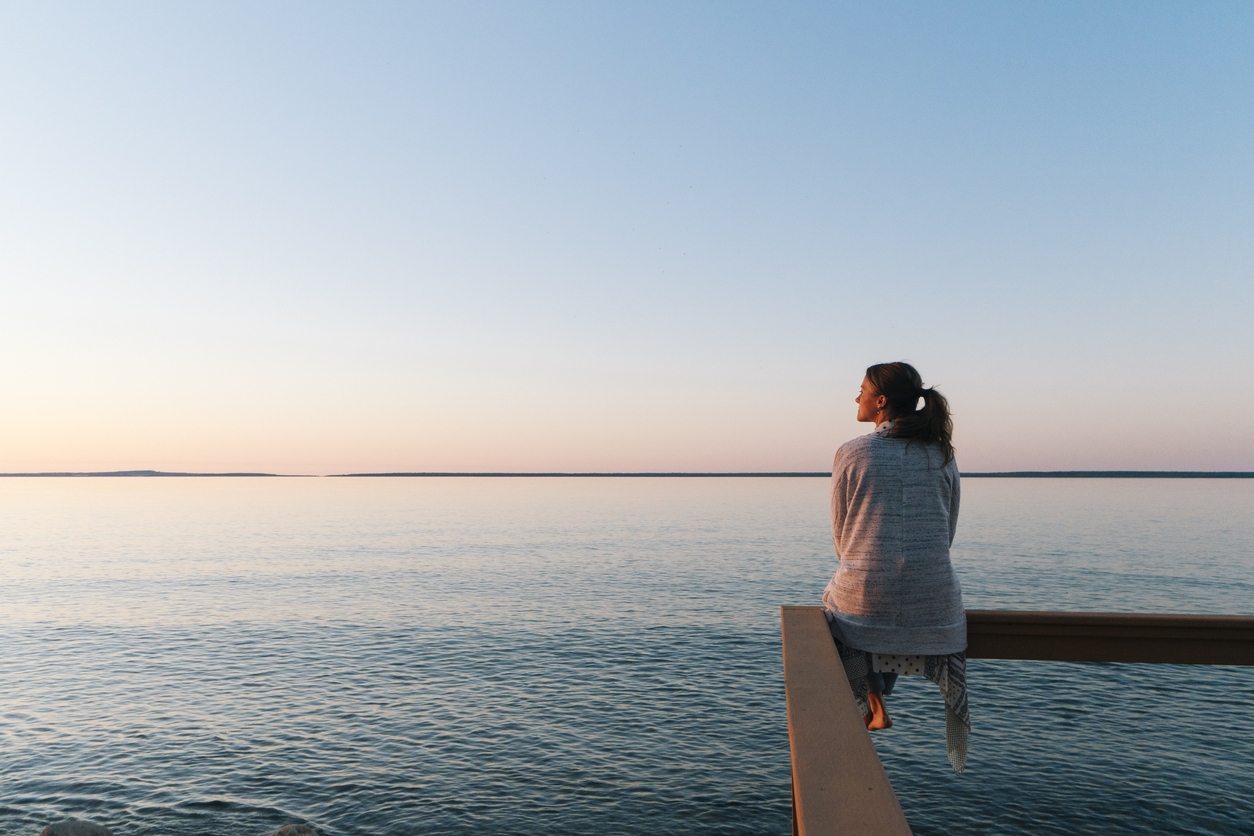Relationships come in many shapes and sizes and often they require some type of nurturing. At some point in history, a myth was created that most healthy and happy relationships are based on a 50/50 split of giving and taking; however, most of us live the reality that this proportionate split is not accurate.
Several years ago, my best friend broke up with me. We had known each other for numerous years; had been in each other’s weddings, supported each other at the birth of our children, was a shoulder while going through divorces and a phone call when the other was just having a bad day. The day she broke up with me (via an email) she indicated that she was tired of putting more effort into our relationship than me and that she needed, and deserved, a best friend who basically was at her beck and call. I recall being shocked after reading the email and reflected on how I truly believed that I was there for her whenever she needed me to be… within reason. After shock came a bit of resentment and anger.
Years passed before I reached out to her asking her to go for a drink to catch up. To my surprise, she agreed. We met at a restaurant, and after an awkward hug, she handed me a small gift bag. Inside the gift bag was a charm bracelet with teal beads which represents Ovarian Cancer. Having recently celebrated a year cancer free at the time, I was extremely appreciative of the gift. During dinner we exchanged stories of our lives up to this point. As we were getting ready to leave, I asked if we could meet up again for which she said “I don’t think so. I don’t believe I would benefit from starting our friendship up again.” I shrugged off her comment, hugged her and thanked her for making the time to see me.
As I drove home stunned, I started thinking about our relationship and her response. “She would not benefit…” what did that mean? I then started reflecting over positive and negative relationships I had had over the years whether male or female, friend or co-worker, family member or children. What was the equation that made these successful or a failure? I then realized it was a basic ROI – Return on Investment in a Relationship, or ROIR.
C = A + B
ROIR = Am I getting out + What I’m putting in
This equation could be used in any relationship. Think of a positive relationship in your life and/or a struggling relationship. Plug in the variables. If you are getting out of the relationship what you deem you are putting in, then generally your relationship will be harmonious. The one caveat is perception by the other party “I give more” or “they give less.” In my relationship with my best friend, her equation equaled ending the relationship. The point is, are YOU benefitting based on the variables you add together. The answer to your equation will give you the answer about your relationship.













